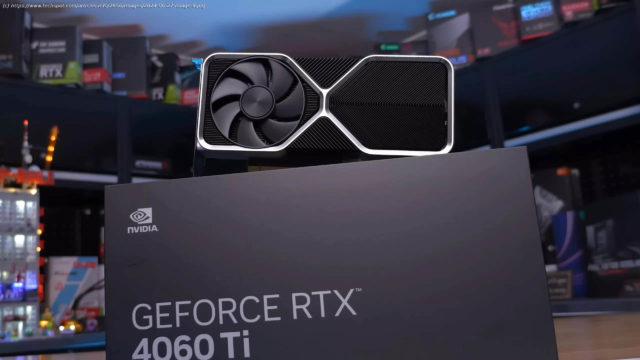Graphics card memory, or VRAM, has been a hot topic of discussion as of late because we’re not getting enough of it. Here’s our latest testing of.
Graphics card memory, or VRAM, has been a hot topic of discussion over the past few years because we’re not really getting enough of it. It’s crazy to think that 8 years ago, the GeForce GTX 1070 was Nvidia’s first mainstream GPU to pack 8GB of VRAM for $450 – that’s just shy of $600 in today’s dollars when adjusting for inflation.
These days, those same $600 buys you a GeForce RTX 4070 Super, a GPU armed with just 12GB of VRAM. While that is more than 8GB, it is not a significant increase considering the time that has passed between GPU generations.
A bigger issue is seen with parts like the mid-range RTX 4060 Ti, which launched at $400 for the 8GB model. Later on, a 16GB version was introduced at $500, but it sold so poorly that it eventually received an official price cut to $450 due to a lack of demand. Even with the price cut, it still isn’t a great value for what it offers.
What the 8GB and 16GB versions of the RTX 4060 Ti have clearly demonstrated though, is that for higher-end gaming 8GB of VRAM is now woefully inadequate. The clearest examples were seen when first reviewing the 16GB model. In several instances, the 16GB graphics card performed better, either delivering higher frame rates or a smoother experience.
Testing VRAM capacity can be tricky because not all games behave the same way when the VRAM buffer is exceeded. Games that run into performance-related issues are easy to point to. For example, when playing Horizon Forbidden West and comparing the 8GB and 16GB versions of the RTX 4060 Ti at 1440p using the «very high» preset, clear differences were observed.
In some in-game cutscenes like the one shown above, the 16GB model was up to 35% faster and had fewer frametime spikes, which is more noticeable during gameplay. On average, the 16GB model was 40% faster and offered significantly better frame time performance, resulting in a much smoother and more consistent experience.
Granted, we are talking about sub-60 fps gaming here, but for many, this is still playable, especially for those who prioritize graphical fidelity. Even with DLSS upscaling, the 16GB model is much better, offering higher frame rate performance with better frame time consistency. In our tests, we saw the 16GB model achieving 73 fps on average compared to 49 fps for the 8GB model – that’s nearly a 50% improvement explained by having the sufficient VRAM capacity.
That’s one of the most obvious examples we can point to where 8GB of VRAM isn’t enough to play a game in all of its glory. However, you can still play Horizon Forbidden West using an 8GB graphics card by dialing down the quality preset from ‘very high’ to ‘high’.
On that note, if you’re primarily into competitive multiplayer titles and use the kind of graphics settings that allow you to spot enemies more easily while maximizing frame rate, then this article doesn’t really apply to you. Playing Call of Duty with basic settings or Fortnite in performance mode uses very little VRAM, making VRAM usage irrelevant for you.
But getting back to visually stunning single-player games or multiplayer titles with the eye candy cranked up, you’re not always going to see performance-related issues like in Horizon Forbidden West. Many games manage memory usage differently, automatically dialing down quality settings or removing textures altogether.
Examples of this include Halo Infinite, which removes textures and decreases the level of detail for certain objects. Forspoken had a similar issue where the game looked washed out and muddy with insufficient VRAM. Today, the game manages textures better, but the result is still similar.
Upon release, Forspoken would miss all textures without enough VRAM, resulting in a horrible-looking game. Now, it removes textures for everything not currently in view and tries to load them where they are most obvious. This results in texture pop-in and sometimes texture cycling, where high-quality textures appear and disappear, as we’ve also observed in Hogwarts Legacy.
The most common issues you’re going to see when running out of VRAM include frame rate performance tanking, less consistent frame time performance and/or missing textures.
Having demonstrated these issues in over a dozen games, we wanted to tackle this subject differently by looking at how much VRAM today’s games are actually using – not allocating – but rather how much VRAM they want to use, when running a wide range of resolutions and quality settings. This kind of testing takes time as games need to be reset between each quality setting change and played for at least 10 minutes to get an accurate read on memory usage.
That’s what we’ve done for this article, testing a dozen modern titles using the GeForce RTX 4090 which is ideal for this because it packs a 24GB buffer.





